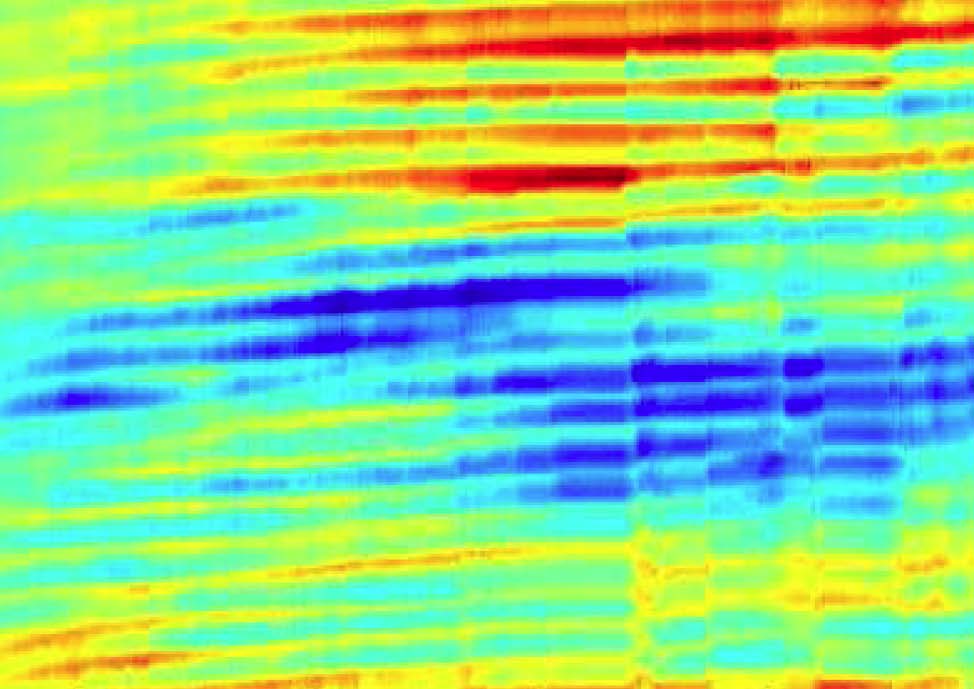
Experiments on
the morphology of icicles
Physical Review E, 83, 026307 (2011).
Antony Szu-Han Chen and Stephen W. Morris
Department of Physics, University of Toronto, 60 St. George St., Toronto, Ontario, Canada M5S 1A7.

|
Experiments on
|

Download this paper here:
See the movies:


The Experimental Nonlinear Physics Group / Dept. of Physics / University of Toronto / 60 St. George St. Toronto, Ontario, Canada, M5S 1A7. Phone (416) 978 - 6810